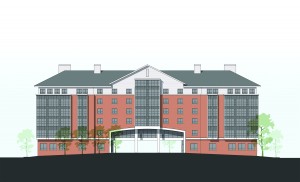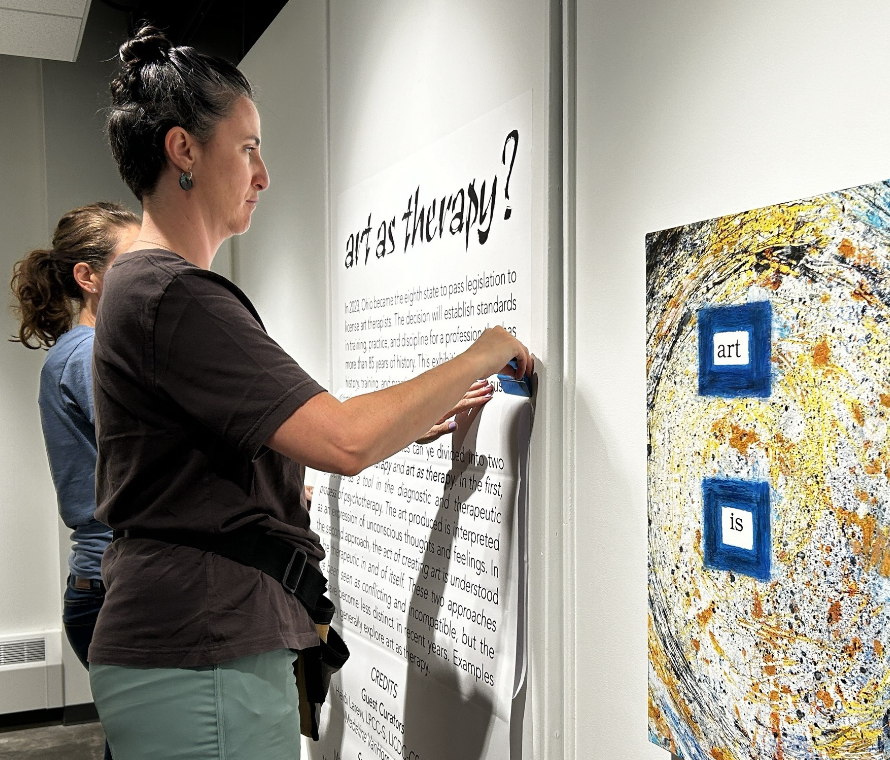By: Kayleigh Bracht
The University of Akron will be opening a new residence hall on the south part of campus next fall semester.
Assistant Vice President for Student Engagement and Success/Chief Housing Officer Dr. John Messina discussed details about the new residence hall, whose name has yet to be determined. It is currently being referred to as South Residence Hall.
The location that was chosen is near Gallucci Residence Hall, Exchange Street Residence Hall and Grant Street High-Rise Residence Hall. It is also close to the newest parking deck, Exchange Street parking facility.
The building is modeled after Spicer Residence Hall and is budgeted around the same price, approximately $8,484. However, Spicer Residence Hall has five floors, where the new residence hall will have an extra floor with more rooms holding 533 students, making it the largest residence hall currently on campus.
The Honors College was the first building that received wonderful feedback from the students. Because of this, the next few buildings, Exchange Street Residence Hall, Spicer Residence Hall and now the new residence hall, were modeled after it.
The new building will feature a courtyard area similar to Spicer and Exchange Street Residence Halls. It will contain walkways, benches and grills to give students an extra place to hang out outside of their own home on campus.
“It should be a pretty cool building,” Messina said.
The decision was made to build a new residence hall about two or three years ago because the university wanted to provide better on-campus housing than what had already existed.
“Part of the university’s plan is to grow the residential system,” Messina said.
According to Vice President Capital Planning & Facilities Management, Theodore Curtis, the new residence hall will feature better lighting, heating and cooling, as well as computer rooms, multifunctional activity rooms and study spaces.
The goal with each new dormitory being built is to improve any items suggested by students and parents so that the living facilities are kept in the most updated conditions. If this goal is accomplished, the university hopes that these buildings will be fully appreciated by students and parents.
“In other words, we’re sort of like the automobile manufacturers. As the product evolves, we, of course, try to answer the consumer’s interests,” Curtis said.






